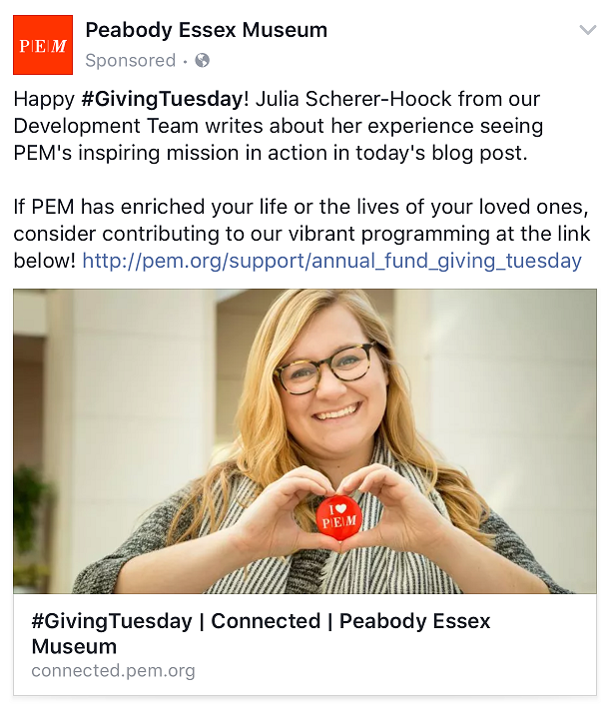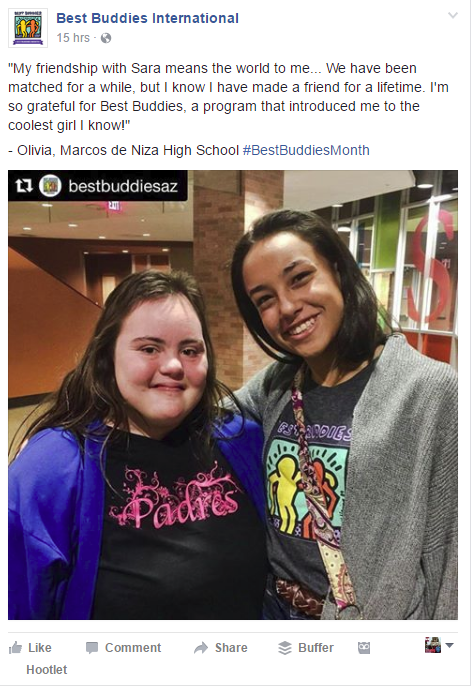 Crowdfunding for nonprofits is a trendy but often misunderstood term thrown around in nonprofit fundraising circles.
Crowdfunding for nonprofits is a trendy but often misunderstood term thrown around in nonprofit fundraising circles.
Pew Internet found that roughly one-in-five Americans (22%) have contributed to an online fundraising project on a website like Kickstarter or GoFundMe.
This percentage has assuredly grown in recent years with the proliferation of crowdfunding platforms and the push from Facebook to use their free fundraising tools.
Often, nonprofits will look to crowdfunding to raise a large amount of money in a short amount of time, thinking that all it takes to be successful is a couple of emails and a few social media posts.
In reality, planning for and launching a wildly successful nonprofit crowdfunding campaign involves preparation, creativity, organization, and coordination.
What is Crowdfunding for Nonprofits?
I’ve written about crowdfunding on this blog before, see 15 Steps to Launching a Wildly Successful Nonprofit Crowdfunding Campaign.
If you are not familiar with the term, the common definition is: the practice of funding a project or venture by raising many small amounts of money from a large number of people, typically via the Internet.
Crowdfunding campaigns are not like annual giving or capital campaigns. They work best when they run for a short period of time (10-14 days) and when there is a specific financial goal and project. For example, “We are raising $10,000 in the next 2 weeks to fund our playground project!”
Some great examples of crowdfunding campaigns can be found at Awesome Crowdfunding Examples to Inspire Your Next Nonprofit Campaign and 20 Amazing Crowdfunding Campaigns That Exceeded Their Goals.
Want a detailed, step-by-step guide to planning and launching a nonprofit crowdfunding campaign? Join me live!
How To Use Storytelling In Your Crowdfunding Campaign
One of the most vital pieces of carrying out a successful crowdfunding campaign is having a variety of stories to tell that will entice people to participate.
If your campaign is 10-14 days long, you will need at least 5 effective and engaging story ideas that can easily be collected and shared during the campaign.
Modern multi-channel fundraising campaigns have multiple touch points, especially in the online space.
Telling several different types of stories about your work, staff, volunteers, community, and beneficiaries will address any knowledge gaps between the organization and the supporter.
For a free Story Collection Worksheet that you can download and print, click here.
What Stories Should We Tell?
The 5 types of story ideas that you should collect to share throughout a Digital Storytelling Campaign are:
- Client Story
- Staff Story
- Volunteer Story
- Donor Story
- Community Story
Want a detailed, step-by-step guide to planning and launching a nonprofit crowdfunding campaign? Join me live!
1) Client Story
This type of story is not actually about your nonprofit at all!
The Client Story is about a life changed, improved, or getting better because of involvement with your organization.
Your Client Story can feature select data points (“We served 1500 meals to hungry families like Jennifer’s this year”) but it should NOT be data-driven.
The focus of this story should be on the impact of your organization, not on the programs or services you provide.
Think benefits not features!
Examples:



2) Staff Story
I can guarantee that even if you only have one part-time staff member, they have a fantastic story to share.
A common riff on the Staff Story is to share the personal journey of the founder or founders of the nonprofit:
What need did they see in the community? What struggles did they endure? Why did they do it?
Examples:



Want a detailed, step-by-step guide to planning and launching a nonprofit crowdfunding campaign? Join me live!
3) Volunteer Story
If you are like most nonprofits your volunteers are the heart and soul of your organization.
You can pull a great Volunteer Story from the person who comes and licks envelopes for your annual appeal, to the president of your Board.
The key with a great Volunteer Story is the passion and excitement that the person brings to their role and to the organization.
Examples:



4) Donor Story
I am absolutely, positive sure of two things:
Your donors want to know that you value them for their contributions.
They also want to hear from you during other times of the year – not just when you want money.
Your donors are low-hanging storytelling fruit.
They know you and like you enough to give you their money!
Donors, especially directors of large foundations and major gift donors, like to hear from other people that run in the same circles.
Having another donor vouch for you is a very powerful form of social capital.
Examples:


5) Community Story
You may not have a well-known celebrity touting your cause, but well-known community members can work just as well.
Think of the mayor, state senator, chief of police, local news anchor.
The key is “social proof” – getting a story from someone that people in your community know and trust
Another good resource for Community Stories are your partners – other organizations that you work with to provide programs and services.
You can’t do it alone, so why not ask others to vouch for your great work, and you can do that for them in return?
Try local sources.
You may not have nationally-known staff and board members, but I’m willing to bet you could get the mayor, a state senator, or a local TV news celebrity or sports figure to explain why they support your nonprofit.
(And if they don’t know about you, make them know.)
Warning!
Do not immediately put up road blocks to digital storytelling by thinking that you can’t do it.
We may have to get a little creative, but there are ways to accomplish your goal and carry out a fantastic Digital Storytelling Campaign with the stories that you have and that you are able to collect and share.
Want a detailed, step-by-step guide to planning and launching a nonprofit crowdfunding campaign? Join me live!
Free printable download - Story Collection Worksheet!

The Story Collection Worksheet is a must-have for the organized nonprofit storyteller.
Just follow the questions on this worksheet, and you will have a plan for collecting and telling various kinds of stories to showcase the impact of your work!
Enter your email, get the download, and other free goodies from time to time. Unsubscribe at any time.
